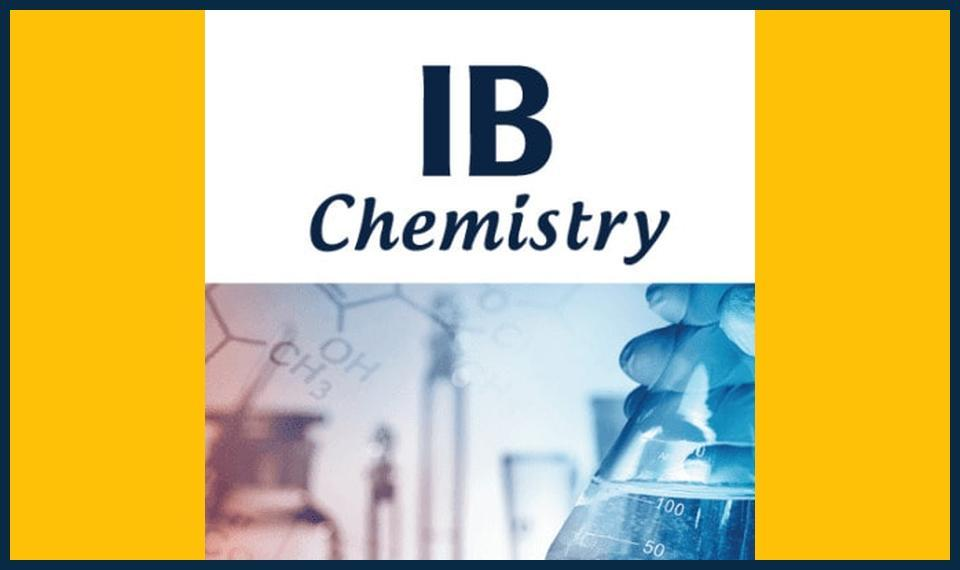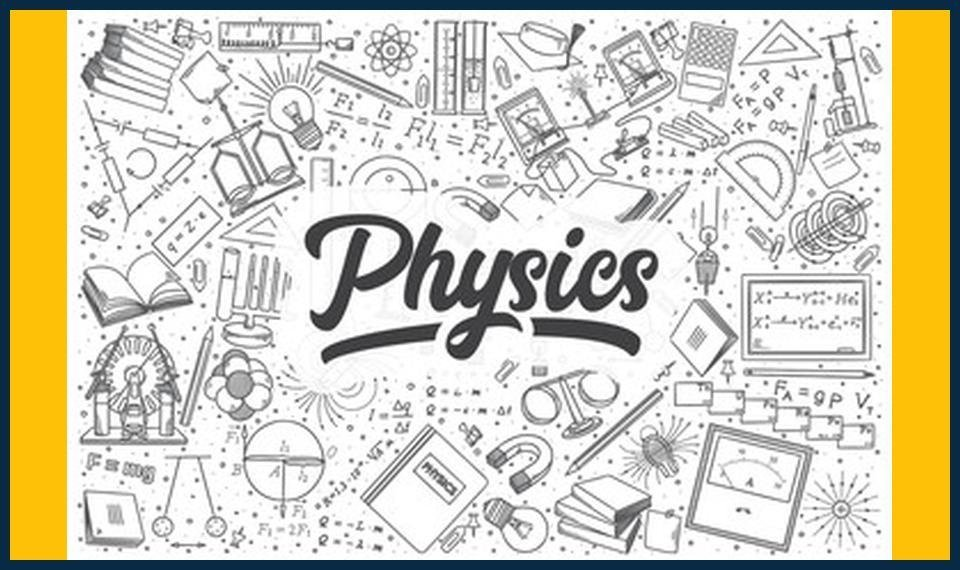![]()
Unraveling Group 17 Elements: Your Ultimate Guide to IB Chemistry 🧪📚
Hello, students, parents, tutors, and educators!
Are you preparing for the International Baccalaureate (IB) Chemistry exam and feeling a bit lost when it comes to Group 17 Elements? Worry not! Tutor GP is here to help you navigate this intriguing world of halogens and astatoid polyhalogens 💧🔬.
Why Group 17 Matters 🌟
Group 17 of the periodic table consists of halogens: fluorine (F), chlorine (Cl), bromine (Br), iodine (I), astatine (At), and tennessine (Ts). These elements share similar properties, such as highly reactive nature, electron configuration, and ability to form ionic bonds with most elements. Understanding Group 17 is crucial for IB Chemistry success, as it lays the foundation for understanding various chemical reactions and compound structures.
The Reactive Halogens 🔋
Halogens are highly reactive due to their eagerness to gain an electron to achieve a stable electron configuration. They readily form ionic bonds with metals and replace the halogens present in compounds. For instance, chlorine (Cl) reacts with sodium (Na) to form sodium chloride (NaCl), a common table salt 🍽️.
The Astatoid Polyhalogens 🔄
Astatoid polyhalogens are compounds containing astatine (At) or tennessine (Ts), along with fluorine (F), chlorine (Cl), bromine (Br), iodine (I), and astatine (At) itself. These compounds are extremely rare and unstable, but their existence sheds light on the unique properties of these elements.
Practical Tips for Studying Group 17 Elements 📝
🔍 Memorize Periodic Table: Familiarize yourself with the properties and positions of Group 17 elements on the periodic table.
📚 Group Trends: Understand the trends in reactivity, electron configuration, and atomic size as you move down the group.
🧪 Lab Experiments: Participate in lab experiments involving halogens to observe their reactivity firsthand.
💡 Flashcards: Create flashcards to reinforce key concepts, such as the names, symbols, and properties of Group 17 elements.
RealLife Applications of Group 17 Elements 🌐
🦷 Dental Care: Fluoride (F) in toothpaste strengthens tooth enamel, preventing cavities.
🔒 Water Purification: Chlorine (Cl) is used to disinfect water and make it safe for consumption.
💊 Medicine: Iodine (I) is crucial for thyroid function and is used in various medical treatments.
Inspiring Student Motivation 🎓
🌟 Set Goals: Break down the IB Chemistry syllabus into manageable sections and set achievable goals for each.
📈 Track Progress: Regularly review your understanding and progress to identify areas for improvement.
🤝 Ask for Help: Don’t hesitate to reach out to your tutor or teacher for support when needed.
Empowering Parental Support 👩🏫👨🏫
🔍 Encourage Active Learning: Encourage your child to ask questions, take notes, and participate in class discussions.
📚 Provide a Study Space: Create a distractionfree study environment for your child.
🌟 Celebrate Achievements: Recognize and celebrate your child’s academic achievements to boost their confidence.
FAQs ❓
- 🚀 What is the most reactive halogen?
- Fluorine is the most reactive halogen due to its small size and high electronegativity.
- 🚫 Why can’t you taste bromine?
- Bromine is a harmful and irritating substance; it is not meant to be tasted.
- 🔍 How many elements are in Group 17?
- Group 17 consists of six elements: fluorine (F), chlorine (Cl), bromine (Br), iodine (I), astatine (At), and tennessine (Ts).
- 💧 What is the role of halogens in our bodies?
- Halogens, particularly iodine (I), play crucial roles in thyroid function and the production of certain hormones.
- 📚 How can I improve my understanding of Group 17 elements?
- Regular practice, participation in lab experiments, and creating flashcards can help improve your understanding of Group 17 elements.
- 🤝 Can I receive personalized learning support for IB Chemistry?
- Absolutely! Tutor GP offers personalized online tutoring in various subjects, including IB Chemistry. Contact us today to learn more! 💬💬




